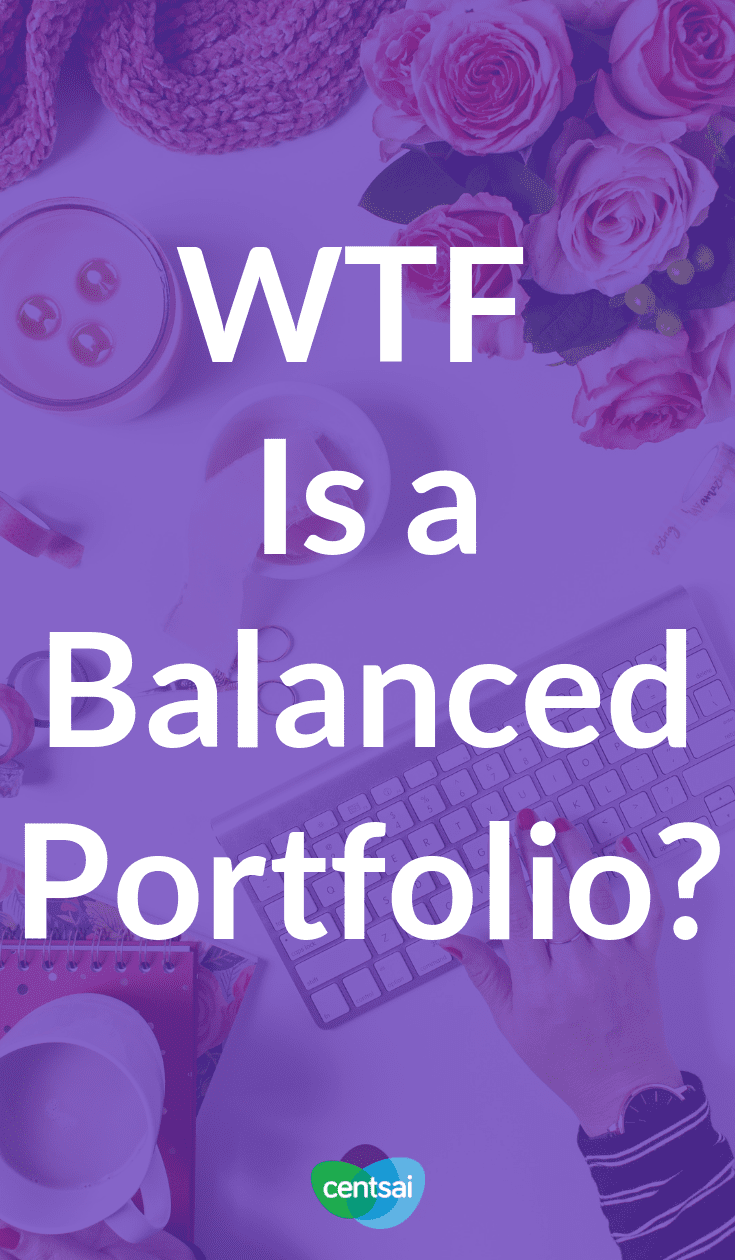
A “balanced portfolio” is a strategy used by most investors. As the term implies, investors seek to balance their investment earnings against the risk of losing money when the markets become neurotic and start mimicking a rollercoaster (i.e. market volatility).
They do this by investing in a mix of stocks and bonds. As I write this column, market volatility has returned with a vengeance, testing the mettle of each balanced portfolio in America.
Why Are Balanced Portfolios Popular?
The core premise underpinning this investment strategy is simple to understand: Stocks and bonds usually move in opposite directions. Stocks are the rocket fuel that can earn investors hefty returns and turn schmucks into millionaires. Bonds are the boring steady Eddies that don’t make as much as stocks, but that keep their cool when markets become volatile.
When stocks fall, bonds are there as a counterweight to ease or limit the decline in stocks.
That doesn’t always mean bonds will rise in value when stocks fall. It’s just that bonds normally won’t decline when stock values retreat. Investors have employed this strategy for decades because it works.
How to Create a Balanced Portfolio: First Steps
In order to create a balanced portfolio, you need to consider a few factors, such as your objectives (are you investing to get rich or to make enough money to pay for your kid’s college tuition?); time horizon (are you young or retiring soon?); and risk tolerance (can you stomach the market’s violent ups and downs?).
That said, at this point I would recommend that you seriously consider hiring a financial adviser to help you properly weigh and understand those factors I just mentioned. Think of this person as a coach. You’ll also need an adviser to help pick the best investments for your portfolio.
Financial advisers come in two forms: human beings and robots. If you want the benefits of both, some companies, such as Personal Capital, will combine the two. But my family’s adviser is a human. She’s a certified financial planner, or CFP, who charges a flat fee to manage the investments. We trust her.
Plus No Fees! Get Started Today
That said, there are unfortunately plenty of sharks out there who call themselves “financial advisers,” but who will rip you off in a heartbeat if you’re too trusting or if you don’t pay attention. If an adviser doesn’t have the hard-earned CFP designation, avoid him like the plague.
How to Create a Balanced Portfolio: Next Steps
Ok, you figured out your objectives, time horizon, and risk tolerance. Maybe you hired a financial adviser. Now comes the fun part: Deciding on what stocks and bonds to buy for your portfolio.
First, especially for young investors new to the world of investing, don’t buy individual stocks unless you really know what you're doing. It's easy to get burned. Same for bonds, though their burn factor is less severe.
This is why I advocate buying exchange-traded funds, or ETFs. They offer the cheapest and simplest way to get into the stock and bond markets. And what’s cool is that ETFs trade like stocks — you can buy and sell them whenever the markets are open.
ETFs also offer investors diversification because a single ETF may hold stocks or bonds for hundreds of U.S. or foreign companies. Winners compensate for the losers. ETFs are so varied that they give investors thousands of ways to bet on countries (such as China), industries (pot, for example), or products (like video games).
The Importance of Asset Allocation in Balanced Portfolios
The traditional balanced portfolio is comprised of 60 percent stocks and 40 percent bonds. However, your asset allocation should be based on your age.
Younger investors are in a better position to take on more risk than older investors are. Younger folks have a lot more time to recover if they lose money.
That’s why I believe that they should be aggressive with stock investments and become less aggressive over time, as they approach retirement age.
For example, let’s say that you’re in your 30s. You should have a portfolio that’s 80 percent stocks and 20 percent bonds. By the time you reach your late 50s and beyond, your portfolio should be a conservative 50-50 mix.
Most retirement investment plans that are offered through employers — such as 401(k)s — offer what are called target-date funds. These are catchall mutual funds based on your planned retirement date. They offer diverse exposure to stocks and bonds.
Select Own Investments With Automated Portfolio Management
As you age, target-date funds invest less in risky stocks and more in stable bonds. In fact, with a target-date fund, you don’t need to invest in any other mutual fund. But I don’t like them. They’re too expensive compared to ETFs and index funds (which are mutual funds structured like ETFs).
All ETFs, index funds, and mutual funds charge you a fee called an expense ratio. In my individual retirement account, or IRA, I own several ETFs — four that invest in U.S. and foreign stocks, and one that invests in bonds.
I average a super low expense ratio of 0.05 percent (that’s 50 cents a year on $1,000 invested). In contrast, the average target-date fund charges an expense ratio of 0.51 (or $5.10 a year on $1,000). Big difference.
Aside from expense ratios, it’s also important to rebalance your portfolio if your stock investments have grown significantly and, as a result, deviate from your investment objectives. Rebalancing forces you to sell your overperforming stocks, ETFs, or mutual funds to buy underperforming ones.
Final Thoughts on Creating a Balanced Portfolio
I don’t see the concept of balanced portfolios changing anytime soon. Having an all-stock portfolio is both dumb and dangerous. And keep in mind that bonds come in a variety of flavors, and some are more sensitive to higher interest rates than others.
Shop around. Do your homework. Talk to your financial adviser, if you can afford one. That said, it really comes down to diversification: You want to spread the risk around to as many investment products as possible.





